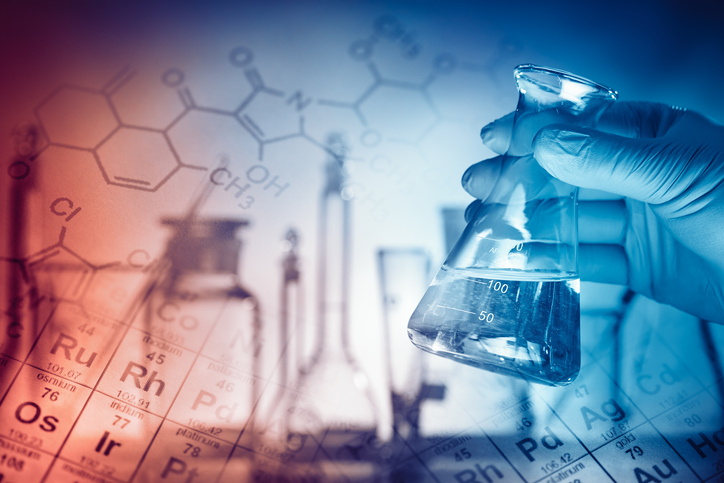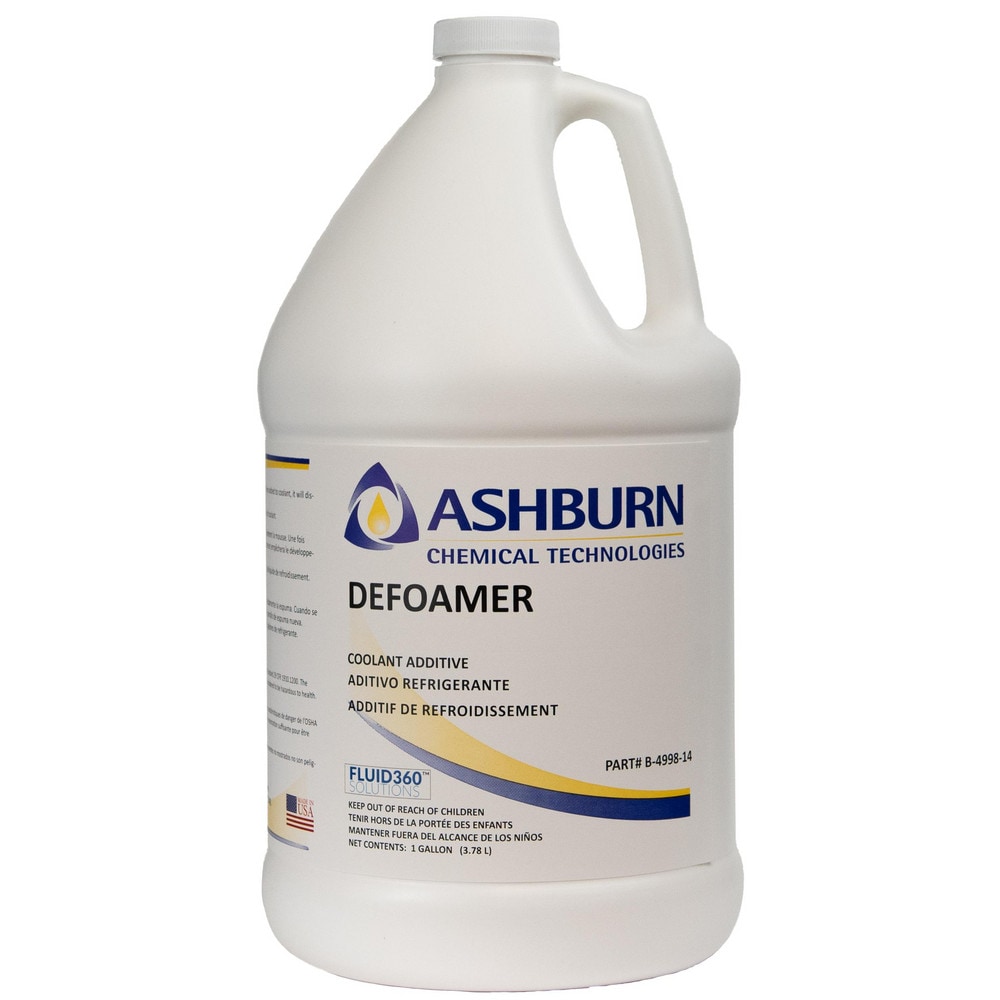The Most Recent Advancements in Chemical Defoamer Formulation for Improved Effectiveness
The Most Recent Advancements in Chemical Defoamer Formulation for Improved Effectiveness
Blog Article
The Value of Utilizing a Chemical Defoamer in Different Applications
The application of chemical defoamers is a vital factor to consider across numerous markets, consisting of food processing, wastewater treatment, and pharmaceuticals. These representatives play a critical duty in mitigating foam formation, which can hinder performance and compromise item high quality. The benefits of making use of defoamers extend beyond mere aesthetic appeals; they are vital for achieving compliance with market standards and enhancing operational processes. The systems by which defoamers function and their certain applications elevate additionally questions regarding their general impact and effectiveness in these varied contexts. What understandings can be uncovered concerning their usage?
Recognizing Foam Development
Foam development is an intricate physical phenomenon that occurs when gas bubbles are caught within a fluid matrix, resulting in the development of a secure structure. This process can be influenced by different aspects, including the viscosity of the fluid, the surface area tension at the gas-liquid user interface, and the existence of surfactants. Surfactants reduced the surface tension, advertising bubble production and stabilization, which usually leads to the development of foam in several commercial procedures.
Foams are generally experienced in applications such as food manufacturing, wastewater treatment, and chemical manufacturing. In these contexts, foam can work as an insulator, hinder blending processes, or prevent the efficiency of tools. The stability of foam is figured out by the equilibrium between the forces acting to support the bubbles and those that promote their collapse.
Recognizing the mechanics of foam formation is important for effectively managing its visibility in different systems. By understanding the underlying principles, markets can develop methods to reduce unwanted frothing, thereby boosting operational effectiveness and product high quality. This fundamental understanding acts as a forerunner to checking out the utility of chemical defoamers, which specifically attend to foam-related challenges in many applications.
Benefits of Chemical Defoamers
Chemical defoamers provide significant advantages throughout various markets by effectively lowering and managing foam development. By reducing foam, chemical defoamers help maintain optimum manufacturing prices and reduce downtime connected with foam administration.
Additionally, chemical defoamers contribute to improved product quality. Frothing typically results in inconsistencies in formulas, which can negatively affect the end product. By managing foam degrees, defoamers make certain uniformity, therefore boosting the general high quality of the result.
Cost-effectiveness is another noteworthy benefit (Chemical Defoamer). By lowering the amount of basic materials required for production and minimizing waste, chemical defoamers can cause substantial cost savings. They commonly enable for lowered power usage, as processes can run much more efficiently and need much less intervention.
Applications in Food Processing
In the food processing market, effective monitoring of foam is vital to ensure both item high quality and operational performance. Foam can hinder different procedures, from blending and blending to packaging, leading to lowered returns and prospective contamination. Chemical defoamers play a critical function in reducing these concerns by quickly damaging down foam, permitting smoother procedures and improved product uniformity.
In applications such as dairy processing, defoamers avoid excess foam development during the production of yogurt, milk, and cheese, which can interfere with machinery and affect the structure of the final item. Likewise, in brewing and fermentation procedures, foam control is vital to preserve the integrity of the beverage and ensure ideal fermentation prices.
Additionally, chemical defoamers are utilized in food sauces, dressings, and solutions to enhance the security and appearance of the end products. By minimizing foam during production, producers can accomplish better mixing and diffusion of components, causing remarkable high quality. Overall, the incorporation of chemical defoamers in food processing is important for preserving performance, quality, and safety and security in food production.
Role in Wastewater Treatment
Efficient foam administration is similarly crucial in wastewater therapy processes, where extreme foam can hinder procedures and complicate the treatment of effluents. In lots of wastewater treatment facilities, foam can develop as an outcome of organic task, surfactants, or various other organic materials present in the influent. This foam can bring about a variety of functional obstacles, consisting of minimized therapy Learn More performance, raised maintenance demands, and potential regulative conformity problems.
Chemical defoamers play a vital duty in mitigating these challenges. By reducing the surface area tension of the liquid, defoamers advertise the collapse of foam structures, hence facilitating smoother procedure of devices such as oygenation containers and clarifiers. Their timely application assists keep ideal hydraulic problems, improving the overall efficiency of solids separation procedures.

Effect On Pharmaceutical Production
Foam control is important in pharmaceutical production, where the visibility of extreme foam can interfere with making processes and concession product quality (Chemical Defoamer). The formation of foam during numerous phases, such as mixing, blending, and fermentation, can result in inefficient blending, insufficient warmth transfer, and even tools damages. These concerns not only cause functional hold-ups however can additionally cause substantial monetary losses and impact compliance with stringent governing requirements
Chemical defoamers are especially developed to alleviate these challenges. By successfully minimizing foam formation, they improve process effectiveness and maintain the honesty of the last item. In specific, defoamers guarantee consistent dosage kinds, boost the security of suspensions and emulsions, and enhance cleansing processes by avoiding foam accumulation in tools.
In addition, the usage of defoamers can enhance the return of energetic pharmaceutical ingredients (APIs) by promoting better removal and filtration procedures. As pharmaceutical companies make every effort to enhance item high quality while decreasing production costs, the role of chemical defoamers ends up being increasingly vital - Chemical Defoamer. Their click resources consolidation right into manufacturing procedures not only sustains compliance with Good Production Practices (GMP) however also cultivates advancement and competitiveness in a rapidly progressing industry

Final Thought

Chemical defoamers offer significant benefits throughout various markets by effectively controlling and reducing foam development. By minimizing foam, chemical defoamers aid maintain optimal production prices and minimize downtime associated with foam management. Chemical defoamers play an essential role in minimizing these issues by quickly damaging down foam, enabling for smoother operations and boosted item uniformity.
Reliable foam continue reading this management is similarly important in wastewater therapy procedures, where too much foam can prevent operations and make complex the treatment of effluents.Foam control is crucial in pharmaceutical production, where the presence of too much foam can interrupt producing processes and concession product high quality.
Report this page